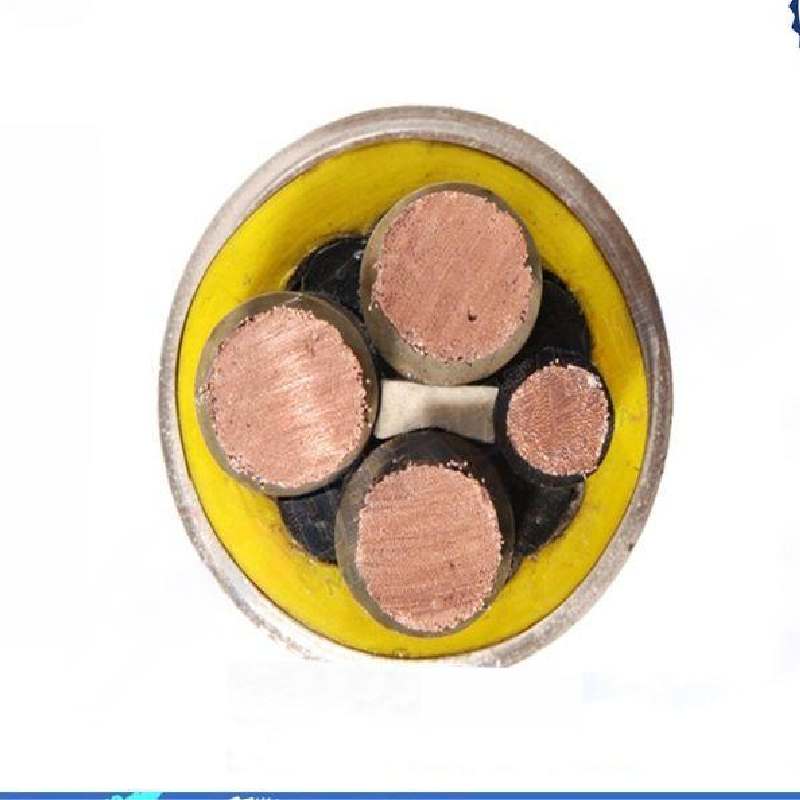11 月 . 03, 2024 13:30 Back to list
wafer type butterfly valve
Understanding Wafer Type Butterfly Valves A Comprehensive Overview
Butterfly valves are essential components in various industrial applications, renowned for their ability to efficiently control the flow of fluids. Among the different designs available, the wafer type butterfly valve stands out due to its unique features and advantages. This article explores the key characteristics, benefits, and applications of wafer type butterfly valves.
A wafer type butterfly valve is designed to fit between two flanges in a piping system, allowing for quick installation and removal. Unlike other types of butterfly valves, which may require additional support structures, the wafer design is compact and lightweight. This feature not only simplifies the installation process but also reduces the overall footprint of the valve in the system.
One of the primary benefits of wafer type butterfly valves is their versatility
. They can handle a variety of fluids, including water, gas, and even corrosive chemicals, depending on the materials used in their construction. Typically, these valves are made from materials such as stainless steel, cast iron, or plastic, providing options that cater to diverse operational requirements and environmental conditions.wafer type butterfly valve

The operation of wafer type butterfly valves is straightforward. They consist of a circular disc that rotates around a central axis, controlling the flow of the fluid passing through. When the valve is fully opened, the disc aligns with the flow direction, allowing for minimal resistance. Conversely, when closed, the disc obstructs the flow, providing an effective sealing mechanism. The simplicity of this design allows for quick actuation, which can be manual or automated using electric or pneumatic actuators.
In terms of maintenance, wafer type butterfly valves are relatively easy to manage. Their design minimizes the number of moving parts, which reduces wear and tear over time. Additionally, many modern wafer valves come equipped with features that ensure easy accessibility for maintenance and inspections.
Applications for wafer type butterfly valves are extensive and span numerous industries. They are commonly found in water treatment facilities, HVAC systems, oil and gas operations, and power generation. Their ability to handle varying pressures and temperatures makes them ideal for both high- and low-pressure systems.
In conclusion, wafer type butterfly valves are a reliable choice for fluid control in various industrial applications. Their compact design, ease of installation, and efficient operation make them a preferred option for engineers and operators seeking effective solutions. As industries continue to evolve, wafer type butterfly valves will undoubtedly play a crucial role in enhancing operational efficiency and ensuring reliable fluid management.
Share
-
Understanding the Differences Between Wafer Type Butterfly Valve and Lugged Butterfly ValveNewsOct.25,2024
-
The Efficiency of Wafer Type Butterfly Valve and Lugged Butterfly ValveNewsOct.25,2024
-
The Ultimate Guide to Industrial Swing Check Valve: Performance, Installation, and MaintenanceNewsOct.25,2024
-
Superior Performance with Industrial Swing Check Valve: The Essential Valve for Any SystemNewsOct.25,2024
-
Industrial Swing Check Valve: The Ideal Solution for Flow ControlNewsOct.25,2024
-
You Need to Know About Industrial Swing Check Valve: Functionality, Scope, and PerformanceNewsOct.25,2024